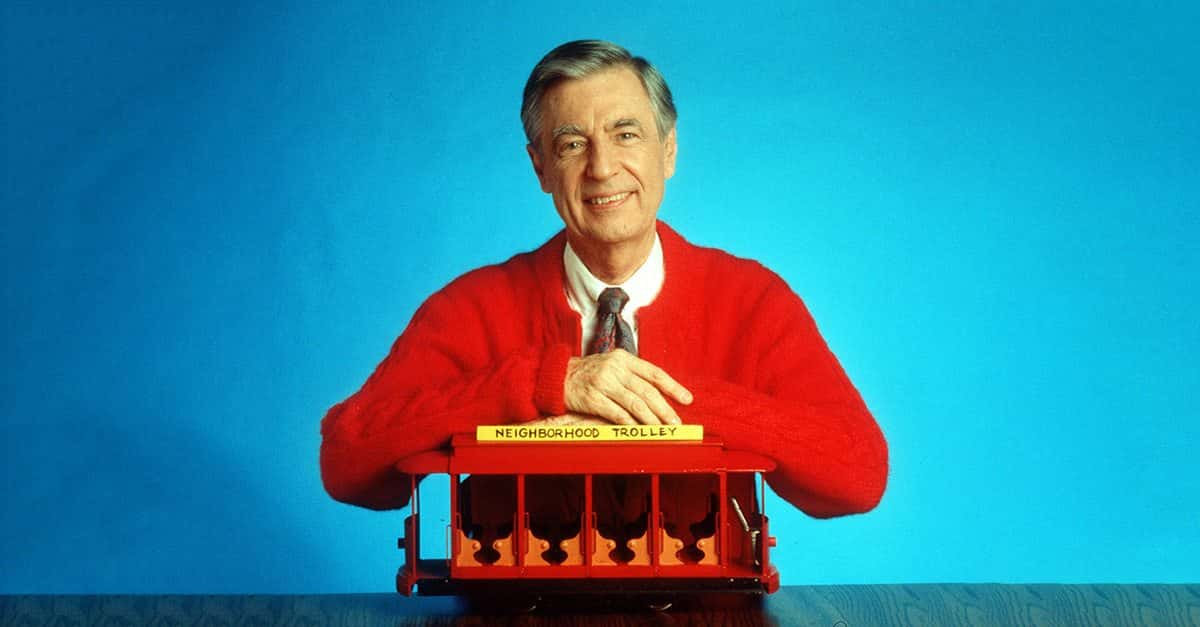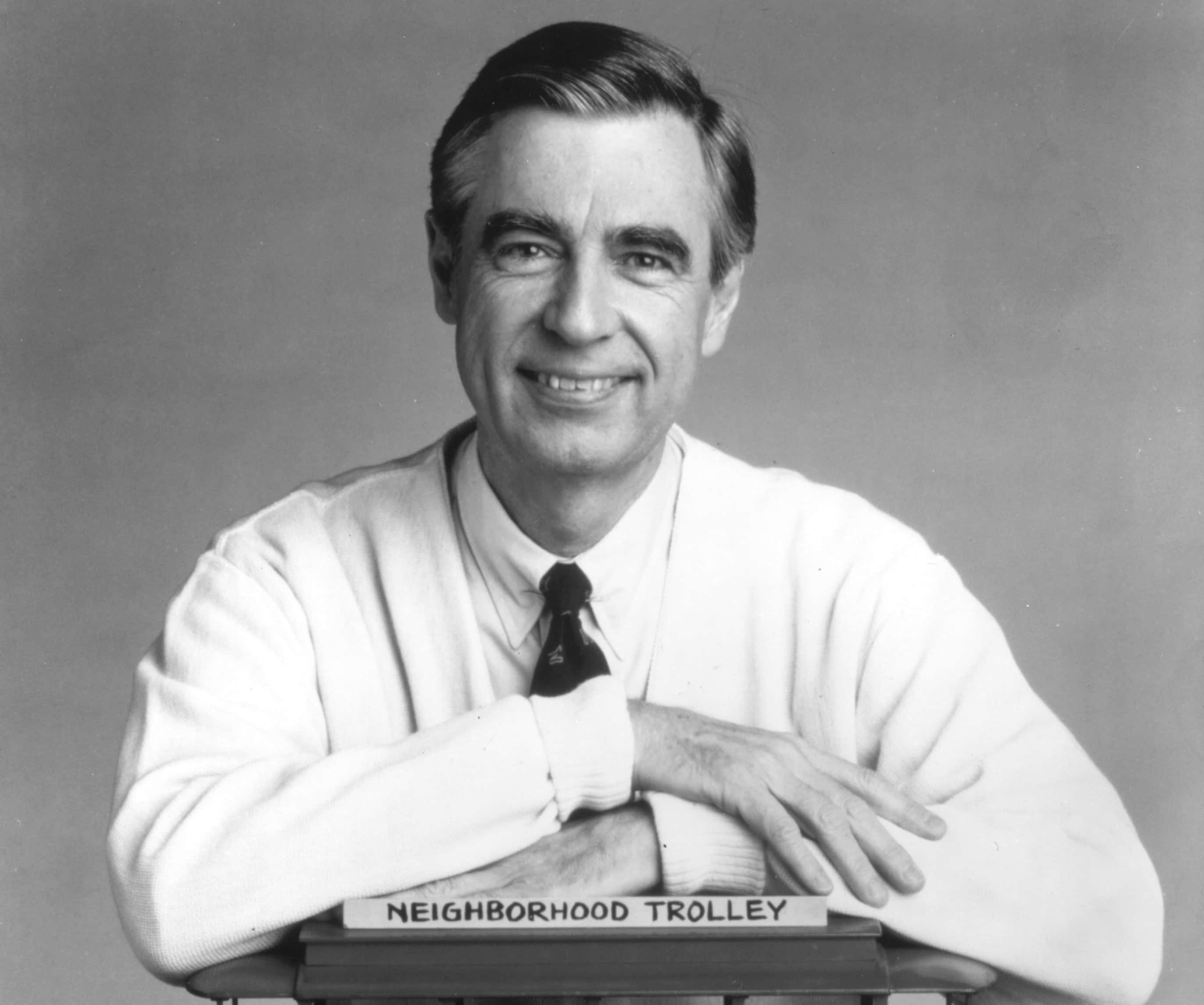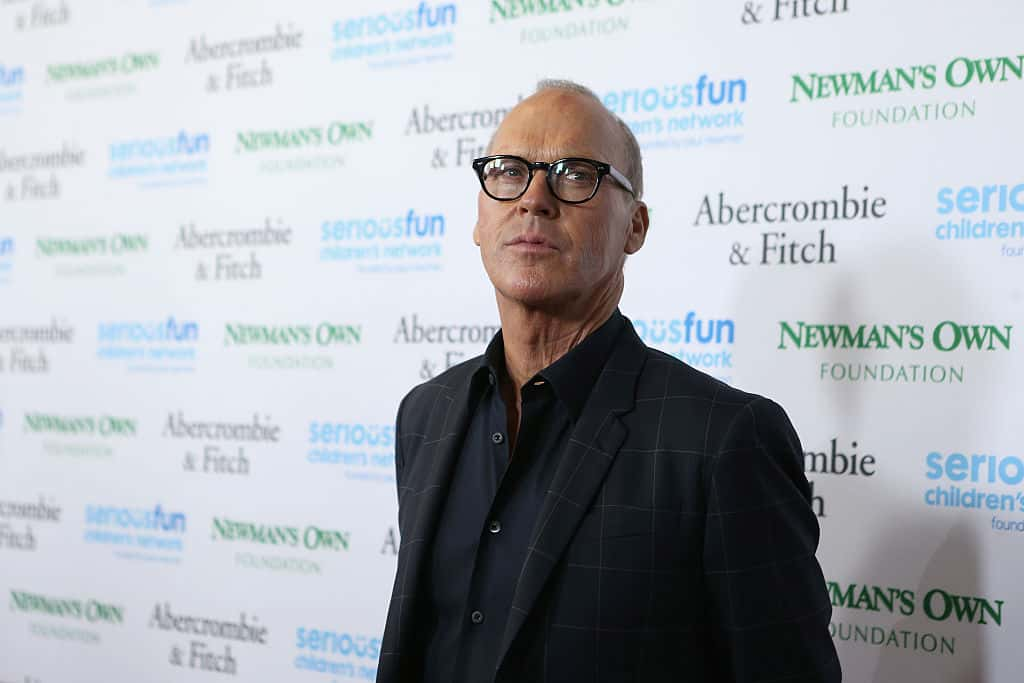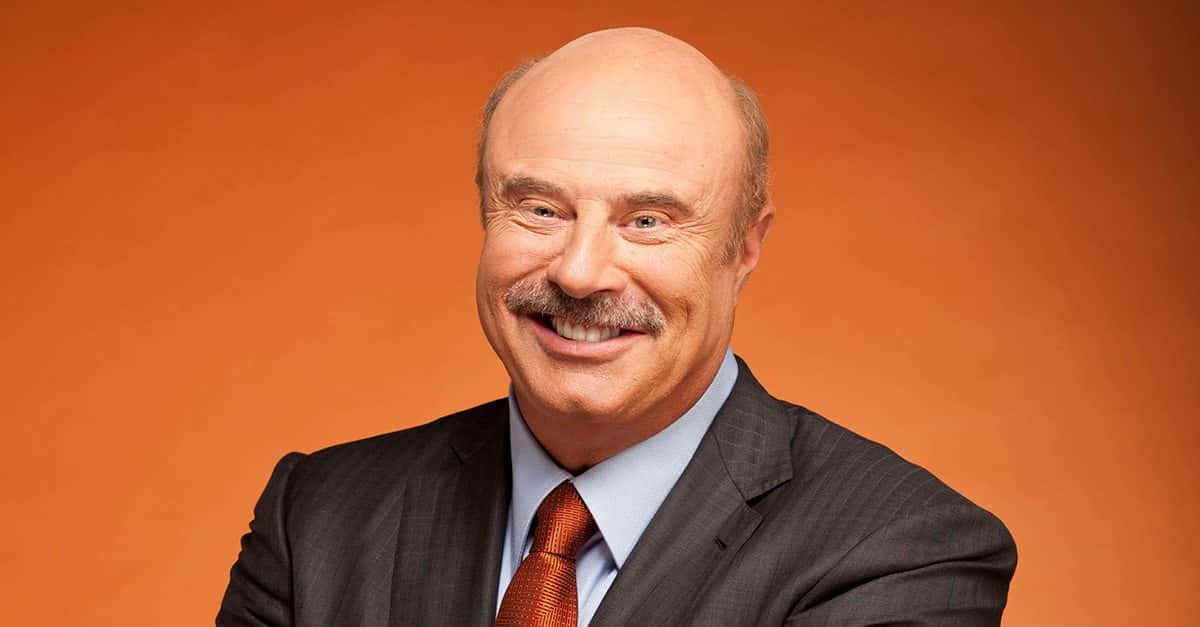“Play is often talked about as if it were a relief from serious learning. But for children play is serious learning. Play is really the work of childhood.” – Fred Rogers
Mr. Rogers Facts
1. Thanks, mom.
Many of the famous sweaters Mr. Rogers wore were made by his mother. She made sweaters for all her children and gave them as gifts for Christmas. Mr. Rogers said that whenever he put a new one on, it was his way of saying hello to his mom.
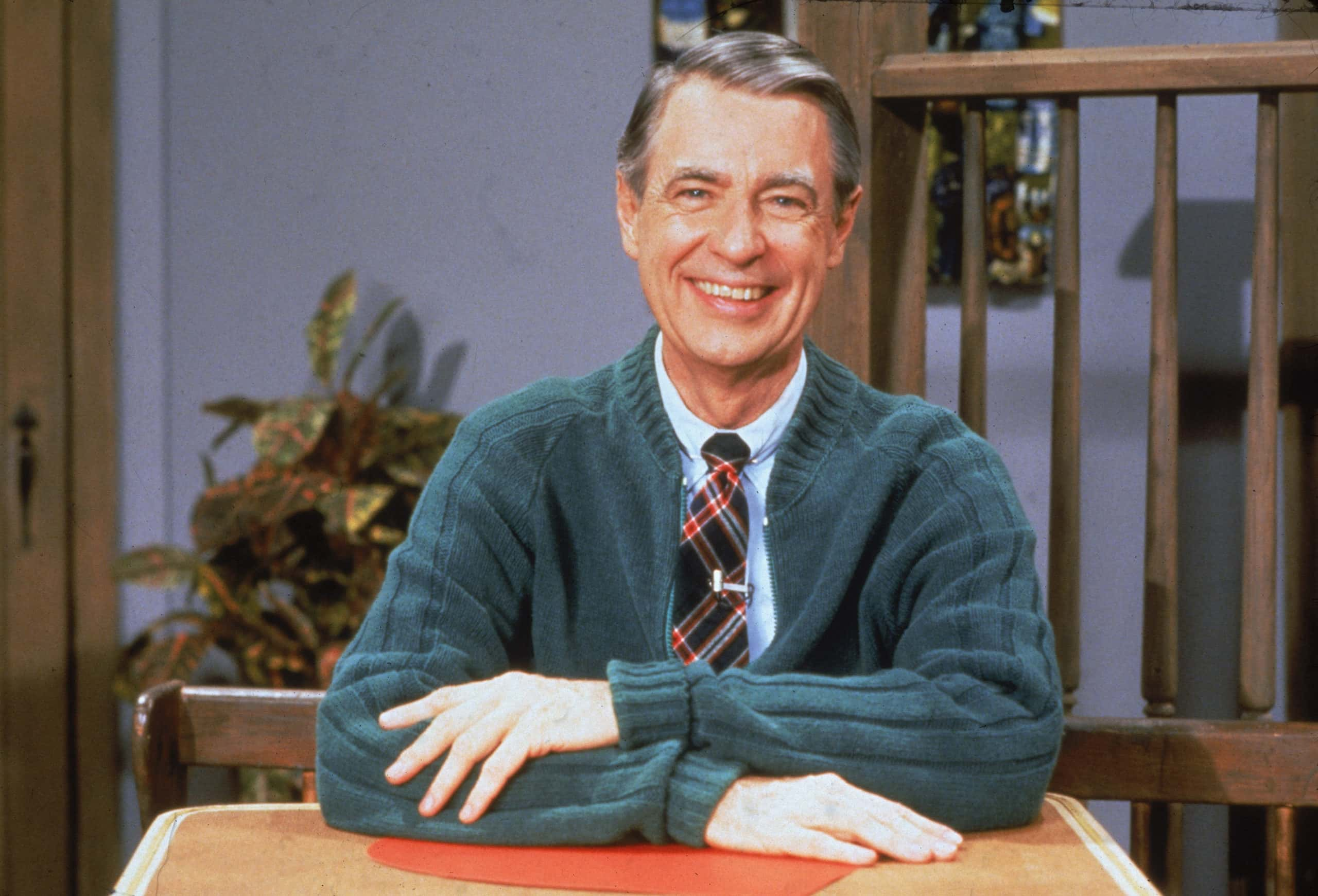 Fotos International, Getty Images
Fotos International, Getty Images
2. How about those sneakers?
The reason Mr. Rogers started wearing sneakers on the show was that they made less noise than normal dress shoes when moving around behind the sets.
3. A man of faith.
Mr. Rogers was an ordained Presbyterian minister. In 1962, he received a Bachelor of Divinity degree and was ordained as a minister in the United Presbyterian Church and charged with continuing his work on creating and contributing to wholesome children’s television programs.
 Robert Lerner, Wikimedia Commons
Robert Lerner, Wikimedia Commons
4. Thankfully, he never lived to see Jersey Shore…
Mr. Rogers perused TV because the first time he saw a TV show it had “something horrible on it with people throwing pies at one another.” He said, “I went into television because I hated it so, and I thought there was some way of using this fabulous instrument to be of nurture to those who would watch and listen.”
 Unknown Artist, Wikimedia Commons
Unknown Artist, Wikimedia Commons
5. Authentic to the end.
Mr. Rogers played himself not only in name but also in personality: he acted the same off camera as he did on camera. When asked about his authenticity, he said, “One of the greatest gifts you can give anybody is the gift of your honest self. I also believe that kids can spot a phony a mile away.”
6. An epic cameo.
The only time Rogers appeared on television as someone other than himself was when he played a preacher on an episode of Dr. Quinn, Medicine Woman.
 CBS, Dr. Quinn, Medicine Woman (1993–1998)
CBS, Dr. Quinn, Medicine Woman (1993–1998)
7. Going the distance.
The first episode broadcasted in 1968. By the series finale, which aired in August of 2001, 895 episodes of Mister Rogers’ Neighborhood had been filmed.
 WQED, Mister Rogers' Neighborhood (1968–2001)
WQED, Mister Rogers' Neighborhood (1968–2001)
8. Let’s get something straight, Your Honor.
Mr. Rogers swayed the Supreme Court to allow VCR's to record TV shows from home. He argued that recording a program like his allowed working parents to sit down with their children and watch shows as a family.
In his address, he said, “Very frankly, I am opposed to people being programmed by others. My whole approach in broadcasting has always been ‘You are an important person just the way you are. You can make healthy decisions.’ Maybe I’m going on too long, but I just feel that anything that allows a person to be more active in the control of his or her life, in a healthy way, is important.”
 Joe Ravi, CC BY-SA 3.0, Wikimedia Commons
Joe Ravi, CC BY-SA 3.0, Wikimedia Commons
9. Voice work.
Mr. Rogers did many of the voices on his show, including King Friday XIII, Queen Sara Saturday, Henrietta Pussycat, Daniel Striped Tiger, Lady Elaine Fairchild and Larry Horse. He also composed most of the music on the show.

History's most fascinating stories and darkest secrets, delivered to your inbox daily.
10. Even the post-Cold-War Russians loved Mr. Rogers.
Mr. Rogers once appeared on the Soviet Union children’s show Spokoynoy Nochi, Malyshi (Good Night, Little Ones). He was the first foreign guest on the show, which had been on the air since 1964. The episode with Mr. Rogers featured a mixture of homey morals about manners and kindness, and creative animation involving everything from clay figurines to textured puppets.
11. To parents…
Mr. Rogers didn’t just try to teach children important life lessons. He also produced a series of specials intended for parents called “Mister Rogers Talks to Parents About X,” where X was whatever the topic of the day was. These shows were meant to help parents answer any questions their child might have after watching an episode of Mister Rogers’ Neighborhood.
 WQED, Mister Rogers' Neighborhood (1968–2001)
WQED, Mister Rogers' Neighborhood (1968–2001)
12. Bright red, you say?
Mr. Rogers was red/green colorblind, meaning he never really saw the color of his famous red cardigan.
 WQED, Mister Rogers' Neighborhood (1968–2001)
WQED, Mister Rogers' Neighborhood (1968–2001)
13. A heart-warming fish story.
In later episodes, Mr. Rogers would always tell viewers that he was feeding his fish out loud. Why? He received a letter from a blind girl named Katie that read, “Please say when you are feeding your fish, because I worry about them. I can’t see if you are feeding them, so please say you are feeding them out loud.” Katie’s father noted that she was blind and would cry if Mr. Rogers didn’t mention he’d fed the fish. After learning about Katie, Mr. Rogers made a point of telling viewers that his fish were being fed, happy, and healthy.
 WQED, Mister Rogers' Neighborhood (1968–2001)
WQED, Mister Rogers' Neighborhood (1968–2001)
14. Lady Fairchild.
Lady Elaine Fairchild is named after Mr. Rogers' adopted sister, Elaine Crozier, who Rogers said he loved her dearly.
 WQED, Mister Rogers' Neighborhood (1968–2001)
WQED, Mister Rogers' Neighborhood (1968–2001)
15. Please, Mr. Big Bird?
Big Bird refused to be on the show. Mr. Rogers thought it would be great to have the man behind the costume reveal himself and explain his job to the viewers. However, he declined this offer, because he worried it would ruin the mystery and harm Big Bird’s legacy.
16. Whoops…
Mr. Rogers regretted naming his mailman Mr. McFeely. He said that he didn't quite realize how many inappropriate jokes people could make about McFeely until it was far too late.
 WQED, Mister Rogers' Neighborhood (1968–2001)
WQED, Mister Rogers' Neighborhood (1968–2001)
17. The origin of McFeely.
His middle name was McFeely. So the mail man was actually named after Fred McFeely Rogers himself!
 WQED, Mister Rogers' Neighborhood (1968–2001)
WQED, Mister Rogers' Neighborhood (1968–2001)
18. Writing chops.
Aside from writing his shows and almost all the songs used on the program, Fred also authored over 35 books. Most of his writing focuses on parenting advice, life lessons, and guides for children.
35 books! No wonder there's basically a Mr. Rogers quote for every occasion.
 Terry Arthur, Wikimedia Commons
Terry Arthur, Wikimedia Commons
19. Mr. Consistent.
Always conscious about his health, he kept a keen eye on his weight: he weighed exactly 143 pounds for the last 30 years of his life.
 WQED, Mister Rogers' Neighborhood (1968–2001)
WQED, Mister Rogers' Neighborhood (1968–2001)
20. All hail Queen Sara!
Queen Sara was named after his wife, Sara Joanne Byrd.
21. Pursuing his dreams.
Mr. Rogers was an Ivy League dropout. He completed his freshman year at Dartmouth, but he then transferred to Rollins College so he could get a degree in music.
 Ebyabe, CC BY-SA 3.0, Wikimedia Commons
Ebyabe, CC BY-SA 3.0, Wikimedia Commons
22. Fred the composer.
Mr. Rogers was an excellent piano player. He graduate from Rollins "Magna cum laude” and wrote all of the songs on the show, as well as more than 200 other songs, and several kids' operas.
 TriStar, A Beautiful Day in the Neighborhood (2019)
TriStar, A Beautiful Day in the Neighborhood (2019)
23. Chilling with the fishes.
Once he invited a marine biologist and explorer onto his program to put a microphone in his fish tank because he wanted to show the kids at home that fish make sounds when they eat. However, while taping the segment, the fish weren't hungry so the marine biologist started saying "C'mon," "It's Chowtime," "Dinner bell!" But Mr. Rogers just waited. Quietly. The crew thought he'd want to re-tape it, but he insisted on keeping it to show kids the importance of patience.
 WQED, Mister Rogers' Neighborhood (1968–2001)
WQED, Mister Rogers' Neighborhood (1968–2001)
24. In solemn memory.
At 73 years old, Fred Rogers died of stomach cancer on February 27, 2003.
25. Even Yale says he’s awesome.
A Yale psychology study compared children who watched Mr. Rogers to children who watched Sesame Street. Kids who watched Mr. Rogers not only remembered more of the story lines but also showed a higher “tolerance of delay:" an ability to wait for promised treats or adult attention.
 Unknown Artist, Wikimedia Commons
Unknown Artist, Wikimedia Commons
26. The epic gorilla story.
Mr. Rogers was also beloved by Koko the Gorilla, the Stanford educated Gorilla who could speak about 1000 words in American Sign Language. The primate watched The Neighborhood, and when Mr. Rogers made a trip to meet her, she something she'd always see him do on screen: she took his shoes off.
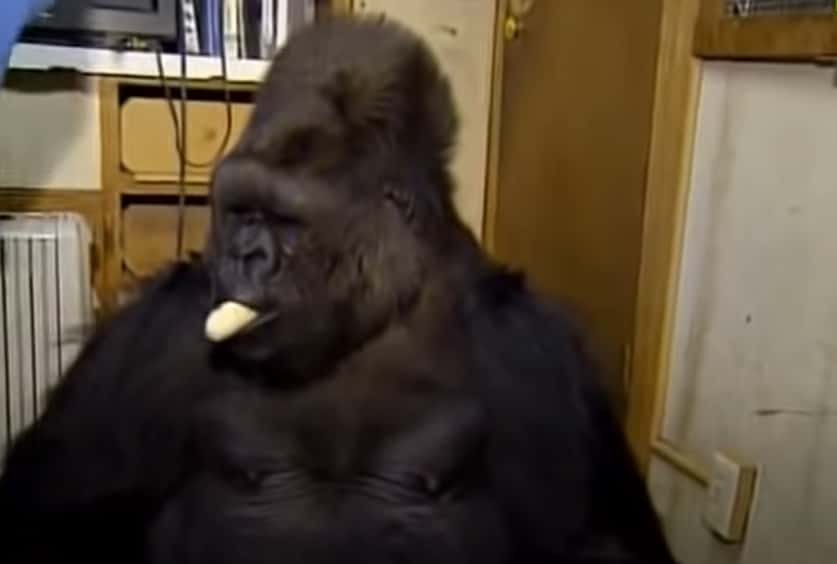 PBS, Nature, A Conversation with Koko (1999)
PBS, Nature, A Conversation with Koko (1999)
27. Smithsonian red.
One of Mr. Rogers’ sweaters resides in the Smithsonian - a red one. He chose to donate that sweater because the cameras at his studio didn't pick up the color very well.
 WQED, Mister Rogers' Neighborhood (1968–2001)
WQED, Mister Rogers' Neighborhood (1968–2001)
28. A little tune to calm the nerves…
When Mr. Rogers would start to feel anxious and overwhelmed, he played the chords to the show's theme song on the piano to calm himself.
 WQED, Mister Rogers' Neighborhood (1968–2001)
WQED, Mister Rogers' Neighborhood (1968–2001)
29. Mr. Rogers on potty-mouth language.
He never used profanity. He often said the word "mercy” when he got to his desk in the morning and the mountains of fan mail were a little bit too tall. But "mercy" was about the strongest word in his vocabulary.
 WQED, Mister Rogers' Neighborhood (1968–2001)
WQED, Mister Rogers' Neighborhood (1968–2001)
30. Showing devotion to fans.
Mr. Rogers responded to every single piece of fan mail. Every morning, he woke up at 5:00AM. He would then pray for a few hours for all of his friends and family, study, write, make calls, reach out to every single fan who took the time to write him, go for a morning swim, get on a scale, then start the day.
 WQED, Mister Rogers' Neighborhood (1968–2001)
WQED, Mister Rogers' Neighborhood (1968–2001)
31. A man of resolve.
Mr. Rogers didn't drink, smoke, or eat the flesh of any animal.
32. “I love you.”
Mr. Rogers loved the number 1-4-3. Why? Because it takes 1 letter to say "I", 4 letters to say "love," and 3 letters to say "you."
 WQED, Mister Rogers' Neighborhood (1968–2001)
WQED, Mister Rogers' Neighborhood (1968–2001)
33. One lucky limo driver!
On a fancy trip up to a PBS executive's house, Mr. Rogers heard the limo driver would have to wait outside for two hours. Mr. Rogers insisted that the driver come in and join them. On the way back, Rogers sat up front, and when he learned that they were passing the driver's house on the way, he asked if they could stop in to meet the family. The driver said it was one of the best nights of his life. The house lit up when Rogers arrived, and he played jazz piano and bantered with them late into the night.
 TriStar, A Beautiful Day in the Neighborhood (2019)
TriStar, A Beautiful Day in the Neighborhood (2019)
34. Above culture wars.
As an ordained Presbyterian minister and a man of tremendous faith, Mr. Rogers preached tolerance first. He never engaged in the culture wars. Instead, he would simply say, "God loves you just the way you are."
 WQED, Mister Rogers' Neighborhood (1968–2001)
WQED, Mister Rogers' Neighborhood (1968–2001)
35. Sticking it to Nixon.
When the government wanted to cut public television funds in 1969, the then relatively unknown Mr. Rogers went to Washington and testified that TV had the potential to give kids hope and create more productive citizens. His address was so passionate and convincing that instead of cutting the budget, funding for public TV jumped from $9M to $22M.
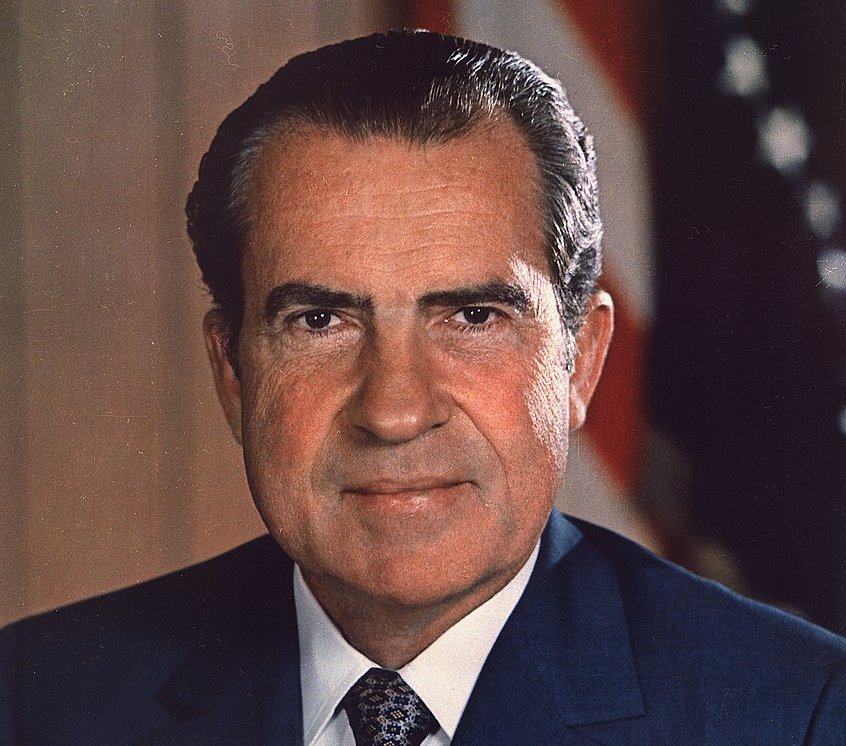 Department of Defense, Wikimedia Commons
Department of Defense, Wikimedia Commons
36. You’re welcome, Michael.
Michael Keaton got his start on Mr. Rogers’ show: he was a stagehand.
37. A surprise reprise.
Once Mr. Rogers was rushing to a meeting and there were no cabs available, so he jumped on the subway. Rogers assumed that he wouldn't be noticed, but he quickly was, of course, and then people burst into a song: "It's a beautiful day in the neighborhood."
 TriStar, A Beautiful Day in the Neighborhood (2019)
TriStar, A Beautiful Day in the Neighborhood (2019)
38. Nasty rumors.
Despite his loving, peaceful attitude, there has been a rumor floating around for years that Mr. Rogers was a Navy Seal sniper with 25 confirmed kills. Rumors spread that he wore sweaters to hide the tattoos that marked his body, one for each military kill.
These rumors are entirely false.
Mr. Rogers was never a sniper in the military nor was the reason he wore sweaters because he had tattoos all over his arms and body. Mr. Rogers never served in the military and was a pacifist.
 White House Photo Office, Wikimedia Commons
White House Photo Office, Wikimedia Commons
39. Happy Halloween!
Another rumor we'd like to quash: several media sources made claims that he used to chase kids off his porch on Halloween. In truth, his house was known for being one of those generous homes that gave out full-size candy bars.
 WQED, Mister Rogers' Neighborhood (1968–2001)
WQED, Mister Rogers' Neighborhood (1968–2001)
40. Goodbye.
On the final episode, Mr. Rogers moved many viewers to tears with his heartfelt goodbye. “I'm just so proud of all of you who have grown up with us. I know how tough it is some days to look with hope and confidence on the months and years ahead. But I would like to tell you what I often told you when you were much younger: I like you just the way you are. And what's more, I'm so grateful to you for helping the children in your life to know that you'll do everything you can to keep them safe, and to help them express their feelings in ways that will bring healing in many different neighborhoods. It's such a good feeling to know we're life-long friends.”
 WQED, Mister Rogers' Neighborhood (1968–2001)
WQED, Mister Rogers' Neighborhood (1968–2001)
Few people have touched the hearts of so many. Share this with your friends in memory of Mr. Rogers’ incredible contribution to children and parents everywhere!

